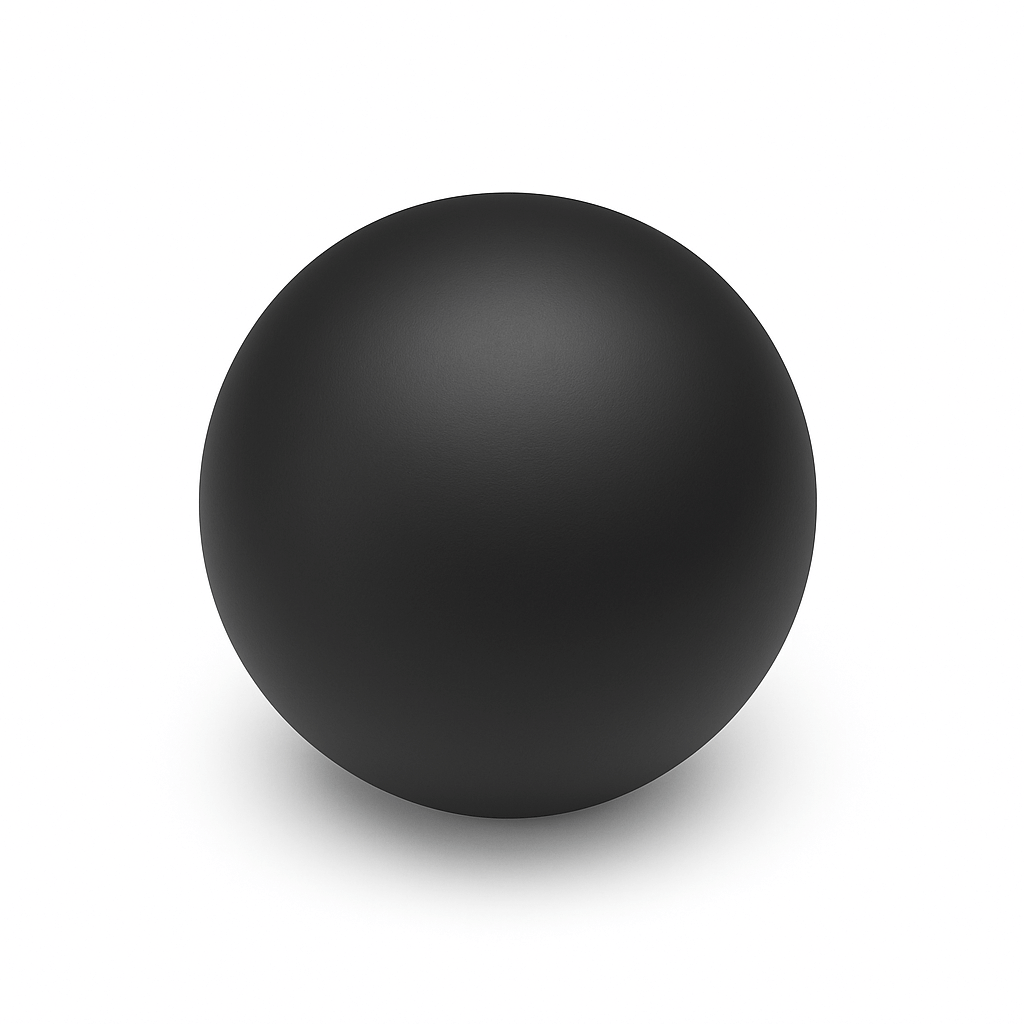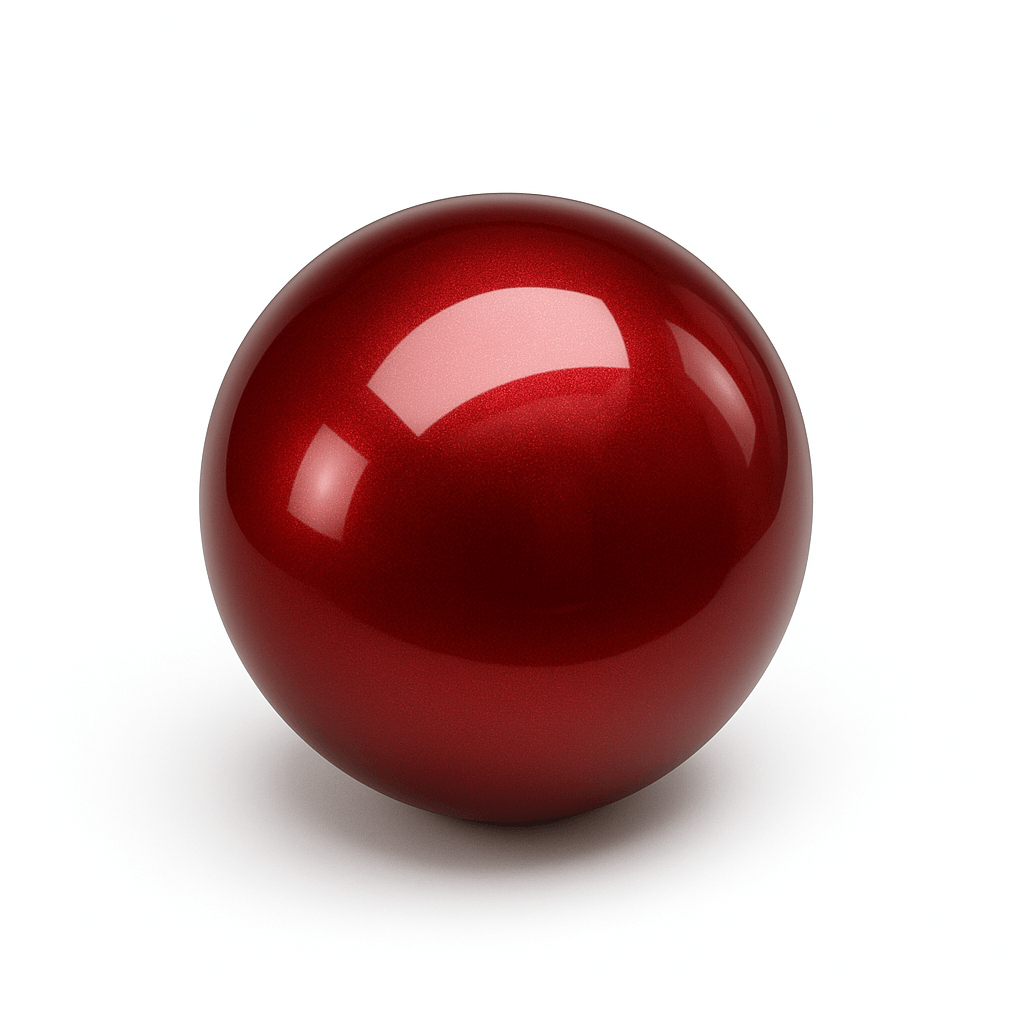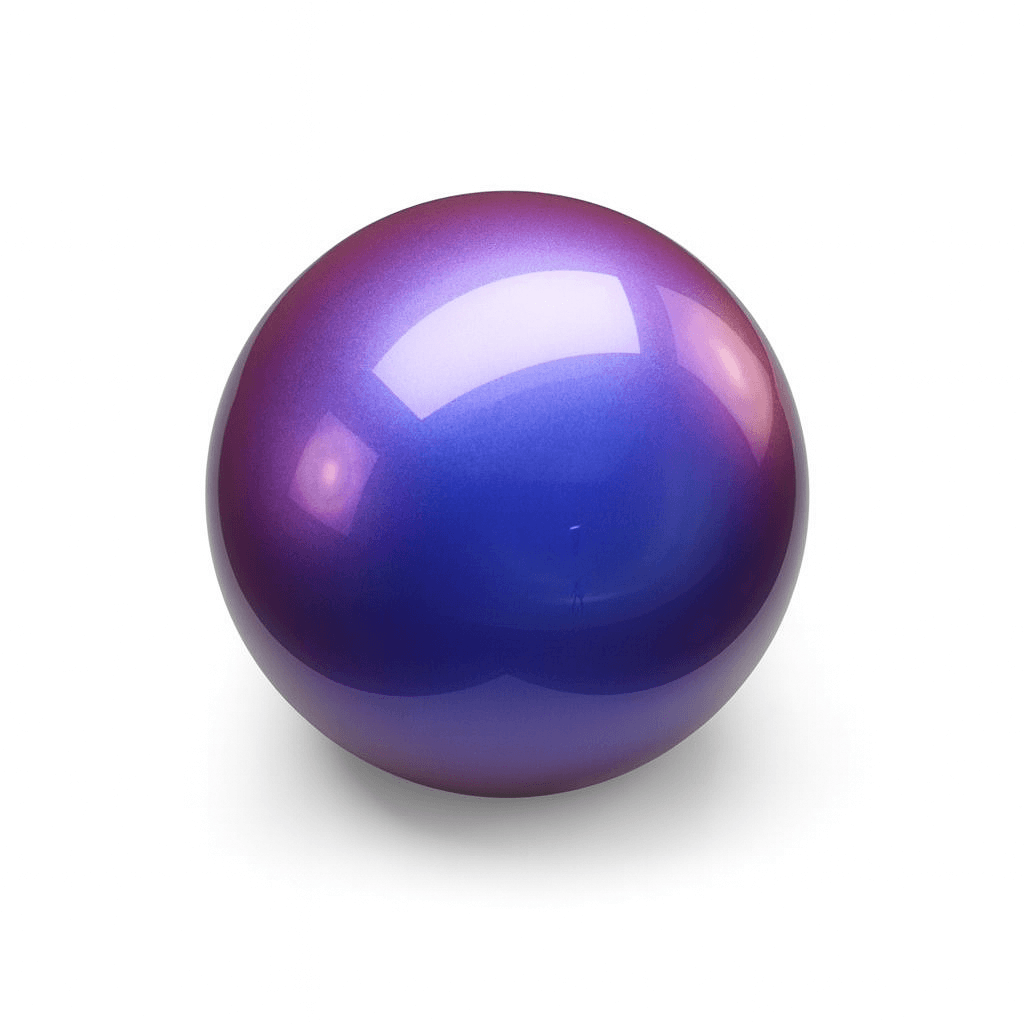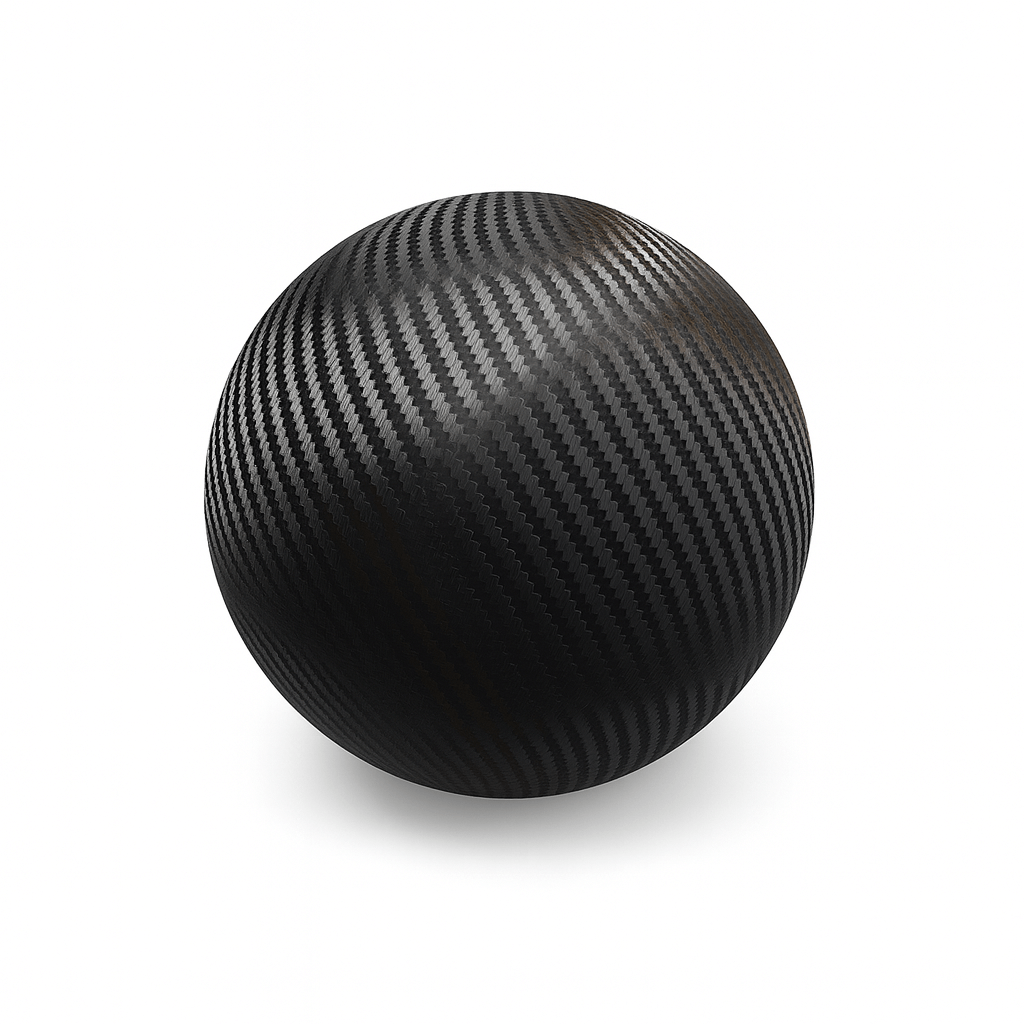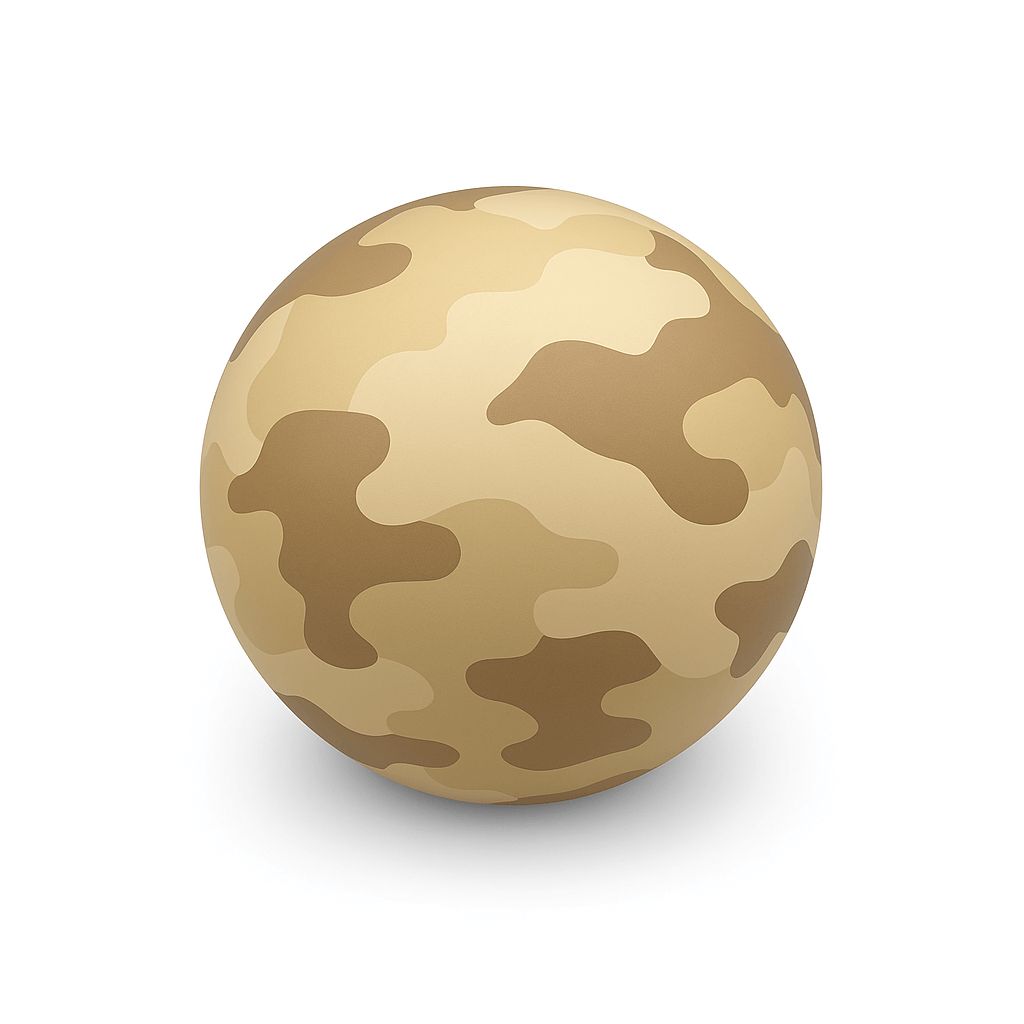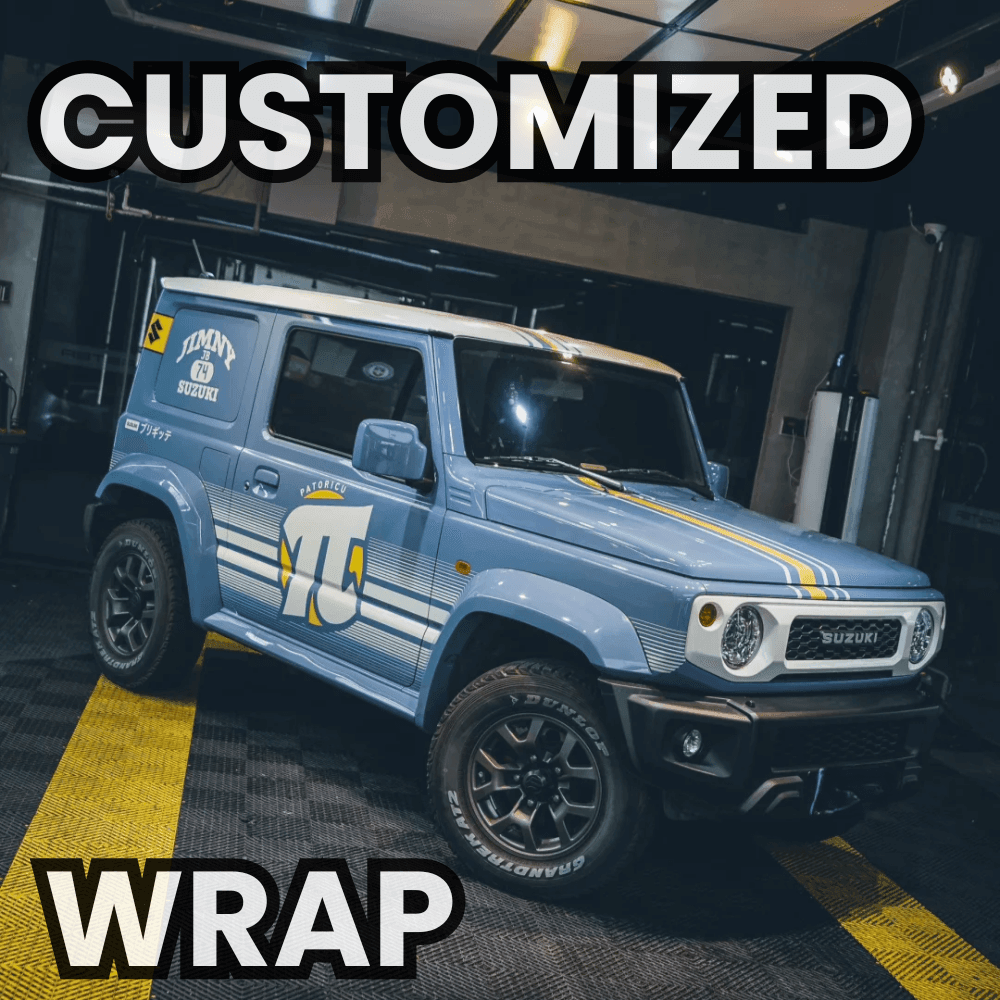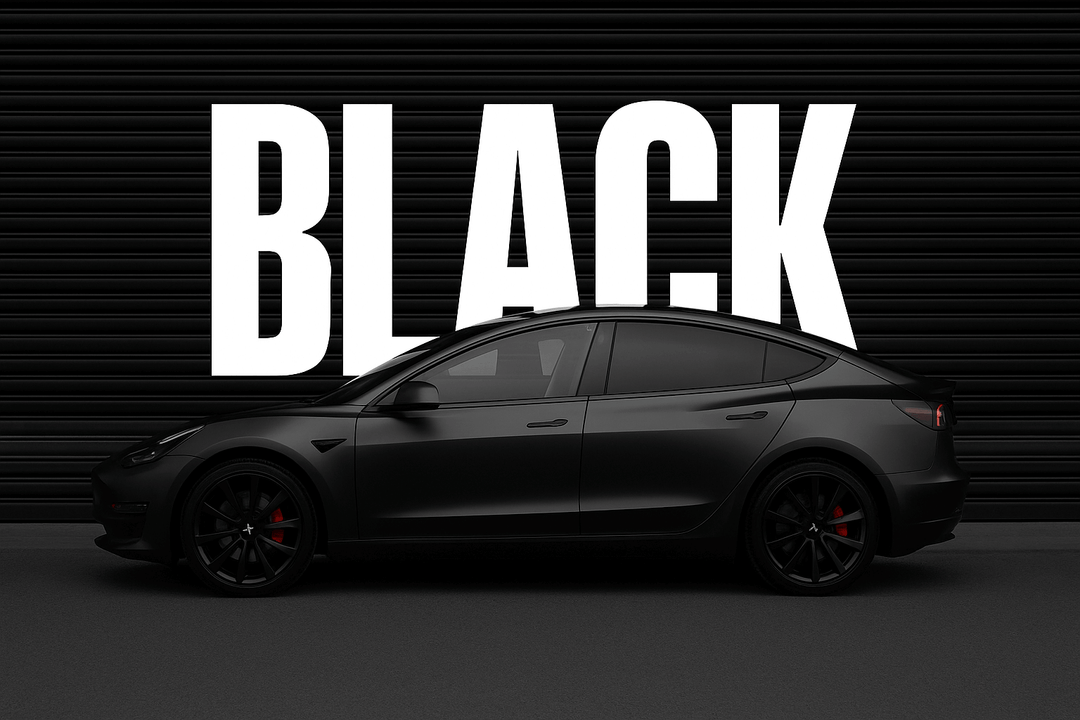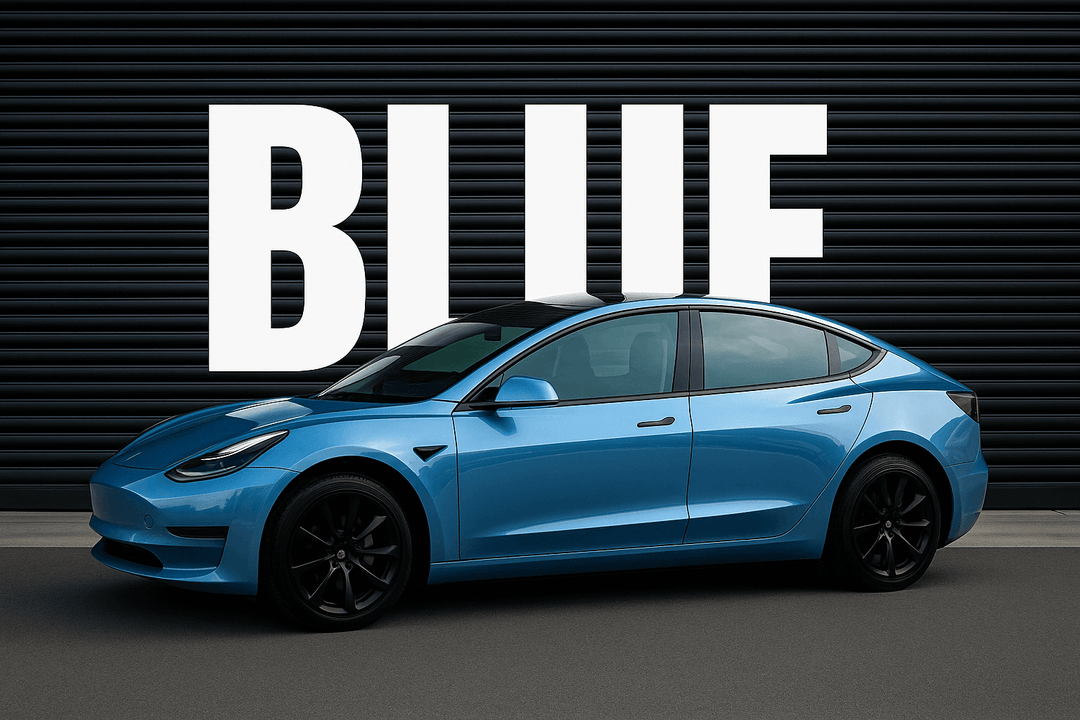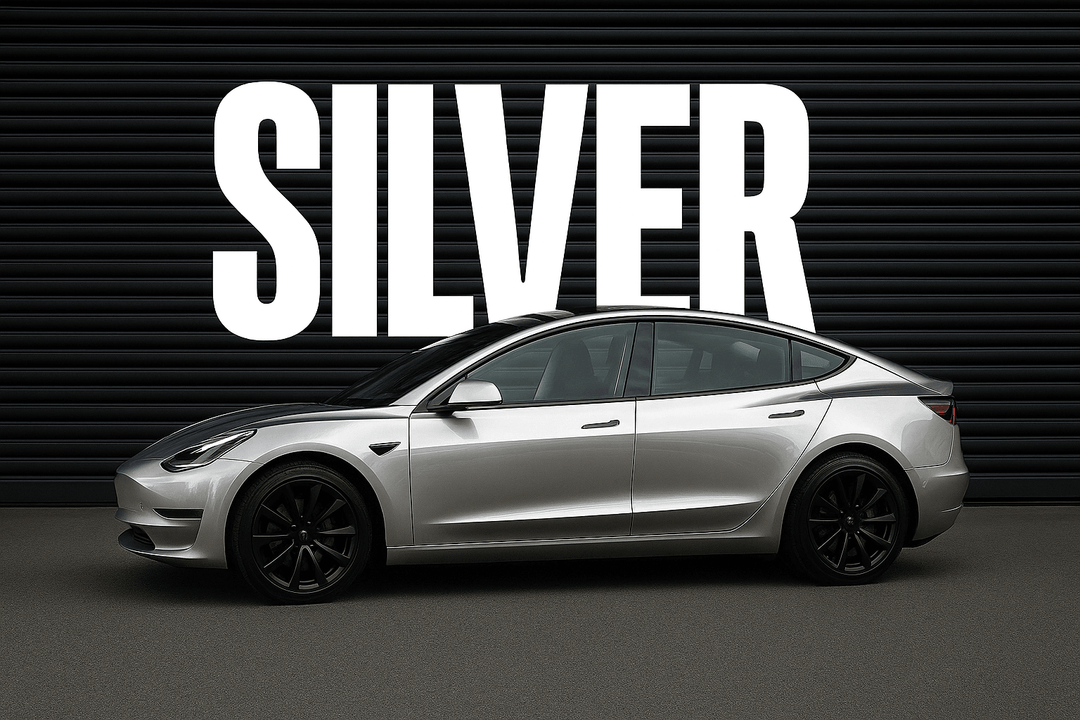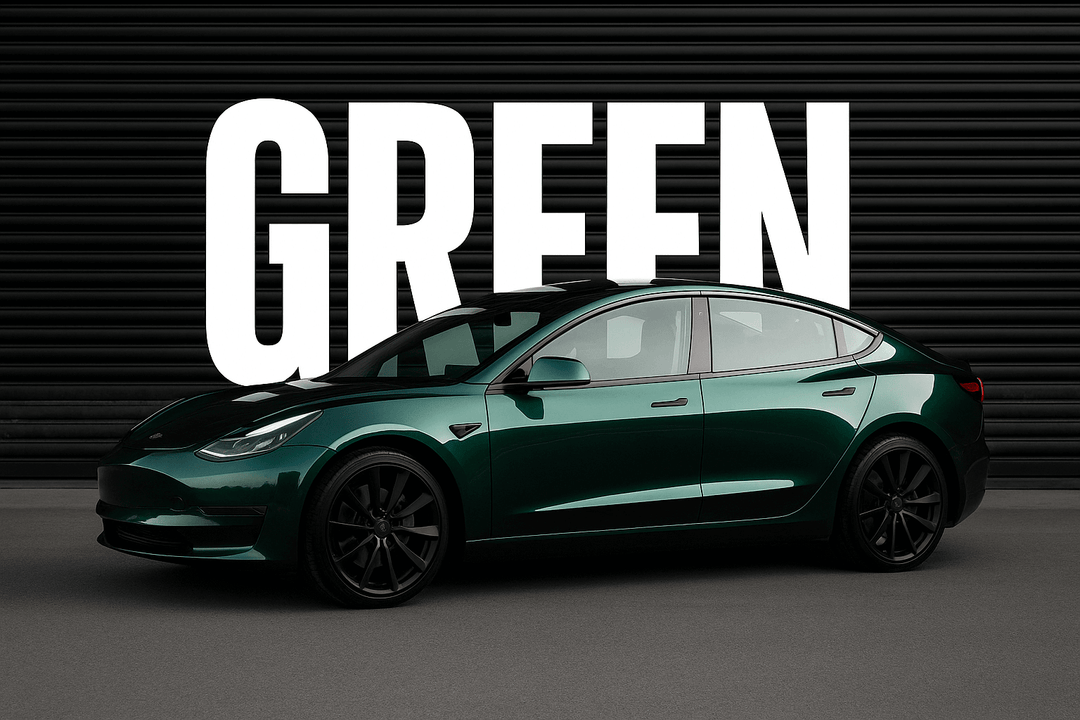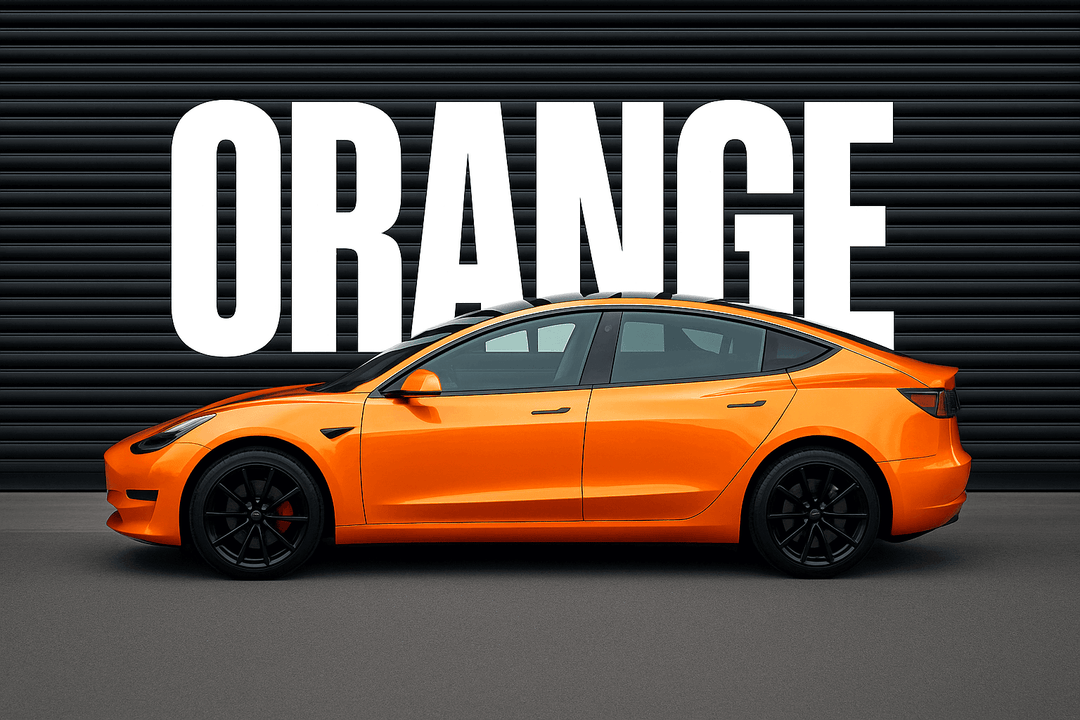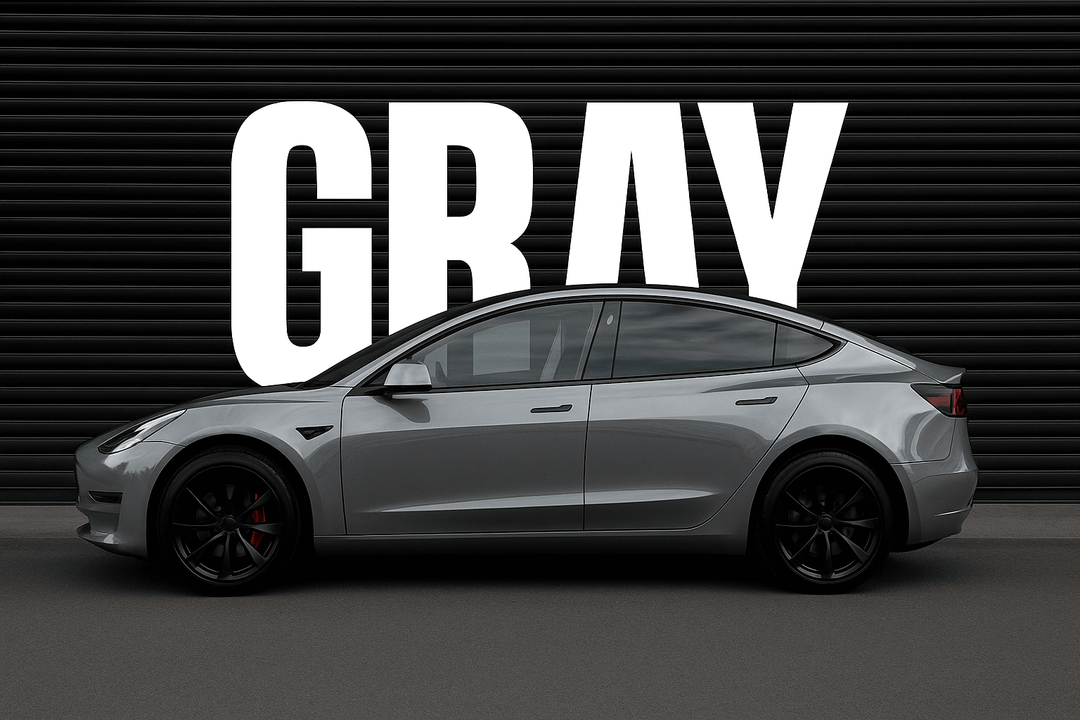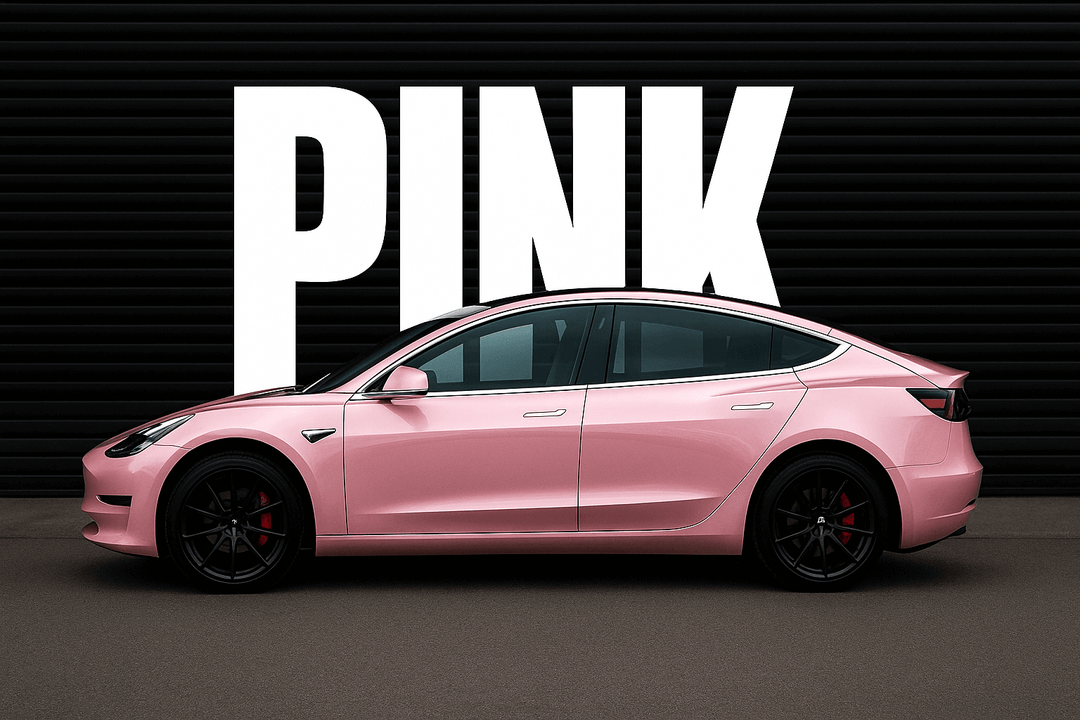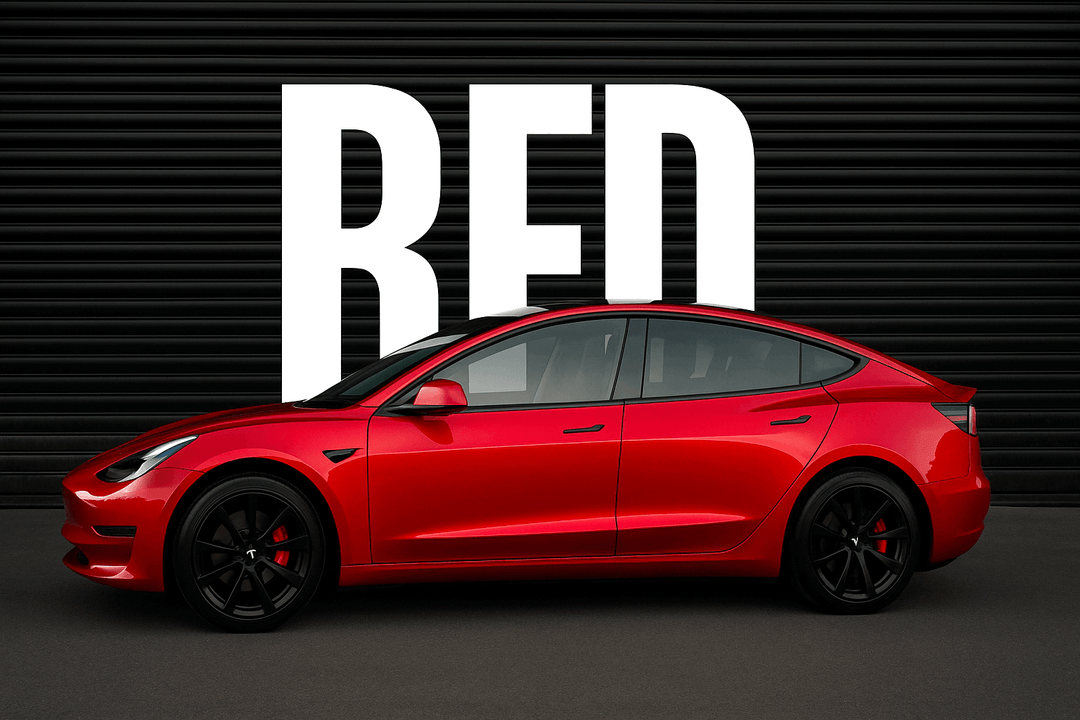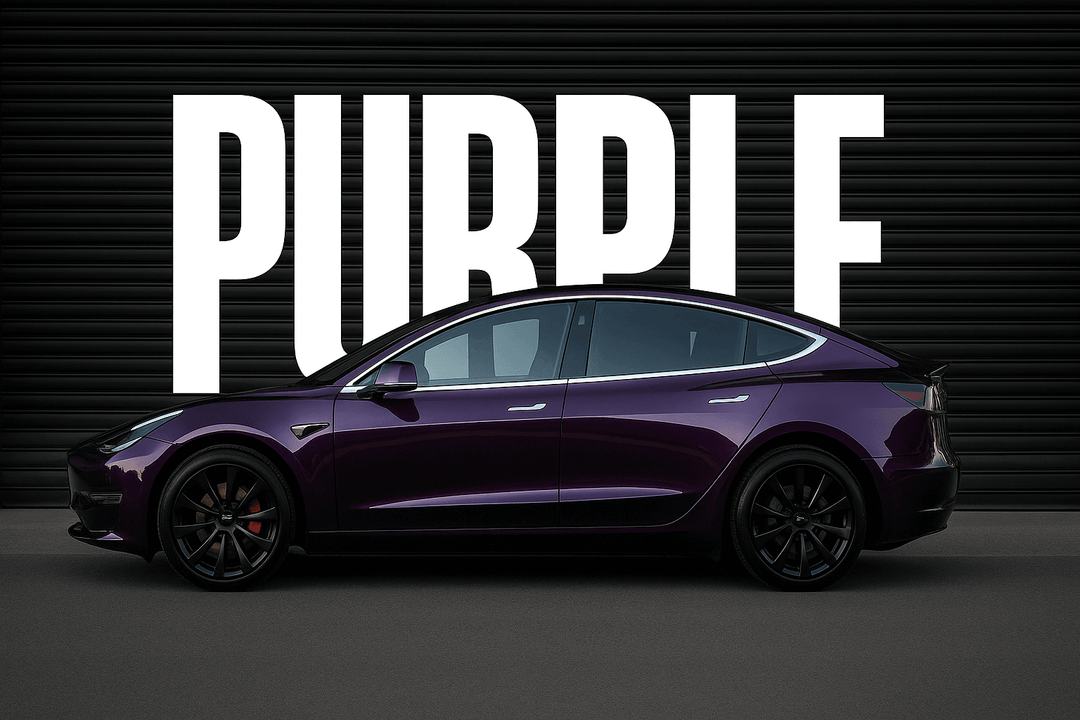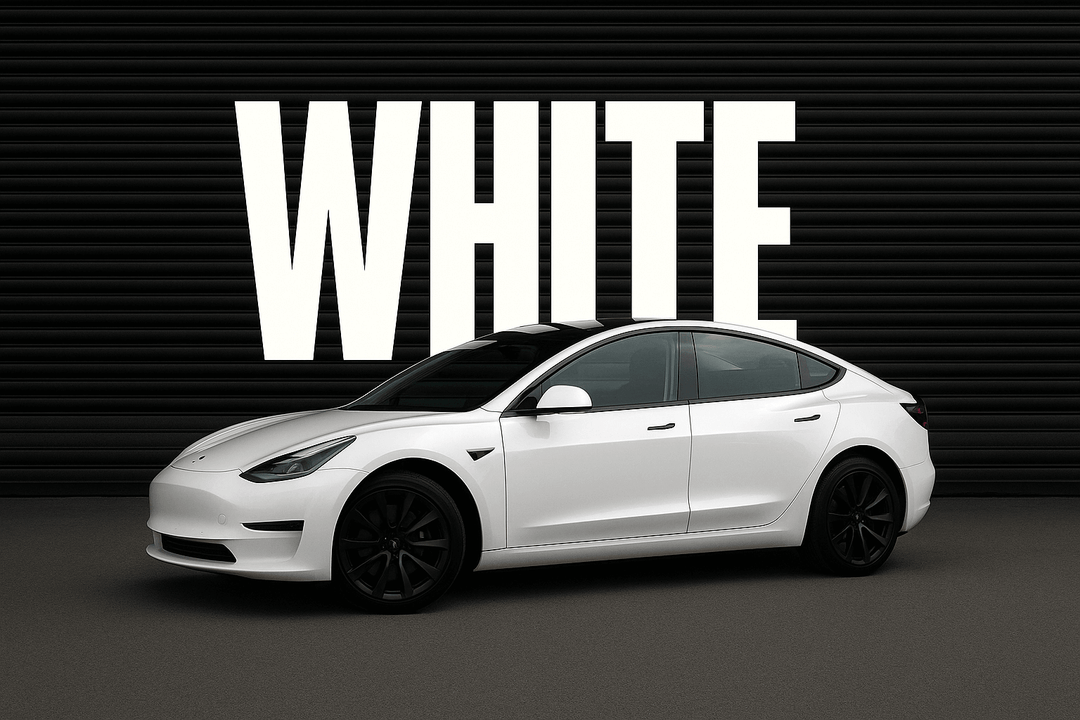How Much Vinyl To Wrap A Car
If you are preparing for a full car wrap, knowing how much vinyl you need is one of the most important decisions you will make. Buying too little vinyl can bring your project to a complete stop. Buying too much wastes money and storage space. Unfortunately, there is no single number that works for every vehicle.
This guide explains exactly how much vinyl is needed to wrap a car, why the answer varies, and how professionals determine the right amount. It covers average vinyl lengths, calculation methods, vehicle design differences, panel-by-panel estimates, and common mistakes that cause people to run out of material. By the end, you will have a clear and realistic understanding of how much vinyl wrap you should buy.
How Much Vinyl Is Needed to Wrap a Car on Average?
Most full car wraps require between 50 and 85 feet of vinyl, depending on vehicle size, body shape, and installation experience.
This range exists because cars vary widely in width, height, and panel complexity. Two vehicles of similar length can require very different amounts of vinyl once bumpers, curves, and rooflines are considered.
Average Vinyl Length for Sedans
Most compact and mid-size sedans need 55 to 65 feet of vinyl for a full wrap. This includes doors, fenders, hood, roof, trunk, and bumpers. Sedans with simple body lines usually fall on the lower end of this range, while sportier designs with aggressive curves require more material.
Average Vinyl Length for SUVs and Trucks
SUVs, trucks, and larger vehicles typically require 65 to 85 feet of vinyl. Taller profiles, wider panels, and deeper bumpers increase material usage significantly. Full-size SUVs and pickup trucks almost always need closer to the upper end of this range.
Why Buying Extra Vinyl Matters
Even with careful planning, vinyl installation produces waste. Trimming edges, correcting alignment, and rewrapping failed panels all consume additional material. Professionals rarely buy the exact calculated length. Adding 10 to 15 extra feet prevents delays and incomplete wraps.
How to Calculate Vinyl Wrap Length for Your Car
A simple calculation provides a reasonable starting point when estimating vinyl length.
Vinyl Wrap Calculation Formula
Take the length of your car in inches, multiply it by three, then add 5 to 15 feet for bumpers and extra material.
Car length × 3 + extra allowance
Example Calculation
A vehicle measuring 188 inches long:
188 × 3 = 564 inches
564 ÷ 12 = 47 feet
Adding 10 to 15 feet results in a recommended purchase of 55 to 60 feet of vinyl.

Why This Formula Has Limits
This method does not account for vehicle width, roof height, or bumper depth. It works best for sedans with average proportions. SUVs, trucks, and wide-body cars often exceed this estimate.
Car Wrap Calculator
Please enter the length of your vehicle in inches:
Note: Always purchase more to account for errors or wrong measurements.
How Much Extra Vinyl Should You Buy?
Extra vinyl is not wasted vinyl. It is protection against installation problems.
Extra Vinyl for Beginners
First-time installers should add 15 feet beyond their calculated requirement. This buffer allows room for mistakes without stopping the project.
Extra Vinyl for Experienced Installers
Experienced installers may reduce extra material to 5 to 10 feet, depending on vehicle complexity. Even professionals rarely purchase the exact calculated length.
Panels That Consume the Most Extra Material
Bumpers, mirrors, and rocker panels are responsible for most vinyl waste. These areas should always be planned with extra material.
Recommended Vinyl Wrap Sizes by Vehicle Type
Small Cars
Recommended vinyl length: 50 to 60 feet
These vehicles have compact panels and minimal bumper complexity.
Mid-Size Sedans
Recommended vinyl length: 60 to 65 feet
This category includes most daily-driven sedans with standard body shapes.
SUVs and Trucks
Recommended vinyl length: 65 to 85 feet
Large surface areas, tall panels, and complex bumpers increase vinyl usage significantly.
If your vehicle sits between two categories, always choose the longer option.
Here's a breakdown of vinyl wrap recommendations based on vehicle sizes:
Small Cars: 50-60ft of Vinyl Wrap
These cars are compact, requiring less vinyl to cover the surface area.
Examples:
- Mercedes C-Class
- BMW 2 & 3 Series
- Audi A3 & A4
- Cadillac CT4
- Honda Civic
- Hyundai Elantra
- Infiniti Q50
- Ford Focus
- Nissan Sentra
- Lexus IS & RC
- Toyota Corolla
- Subaru Impreza
- Tesla Model 3
- Volvo S60
- MINI Cooper
- Jaguar XE
- VW Jetta, Golf, GTI
Mid-Size Cars: 60-65ft of Vinyl Wrap
These cars require slightly more vinyl due to their larger body.
Examples:
- Acura TLX
- Audi A6
- BMW 5-Series
- Cadillac CT5
- Tesla Model S
- Chevrolet Malibu
- Honda Accord
- Hyundai Sonata
- Jaguar XF
- Lexus ES
- Kia K5
- Nissan Altima
- Ford Mustang
- VW Passat
Full-Size Cars & SUVs: 65-70ft of Vinyl Wrap
These larger vehicles need more material to fully cover their extended surface areas.
Examples:
- Audi A7
- BMW 7-Series
- Chrysler 300
- Dodge Charger
- Genesis G90
- Lexus LS
- Mercedes-Benz S-Class
- Porsche Panamera
- Toyota Avalon
Small SUVs & Trucks: 60-70ft of Vinyl Wrap
For small SUVs and trucks, you'll need a bit more vinyl due to their taller and bulkier structures.
Examples:
- Ford Explorer
- Honda CR-V
- Jeep Grand Cherokee
- Toyota RAV4
Full-Size SUVs & Trucks: 65-85ft of Vinyl Wrap
Full-size SUVs and trucks have the largest surface areas, needing the most vinyl wrap.
Examples:
- Chevrolet Suburban
- Ford Expedition
- GMC Yukon
- Land Rover Range Rover
- Nissan Armada
How Much Vinyl Is Needed for Each Major Panel?
Understanding panel-level vinyl usage helps explain why full wraps require extra footage.
Hood
Most hoods require 5 by 6 to 8 feet of vinyl. Larger performance hoods may require more.
Roof
Roofs usually need 5 by 6 to 10 feet, depending on length and antenna placement.
Doors
Standard sedan doors require 5 by 4 to 5 feet each. Coupe doors are often longer and require additional material.
Front Bumper
Front bumpers are the most demanding panel. They often require 5 by 10 feet or more due to curves and recesses.
Rear Bumper
Rear bumpers typically need 5 by 8 to 10 feet, depending on shape and diffuser design.
Vehicle Wrapping size chart
What Factors Affect How Much Vinyl You Need?
Vinyl usage depends on more than vehicle length alone. Several real-world factors play a major role in determining how much material is required.
Vehicle Size Versus Vehicle Design
Vehicle length provides a rough estimate, but design details often matter more. A long vehicle with flat panels may use less vinyl than a shorter vehicle with wide fenders and aggressive curves. Body height, door size, and rear design all affect material consumption.
Body Curves and Bumper Complexity
Front and rear bumpers are usually the most vinyl-intensive panels. Their curves, recesses, and vents require extra stretching and trimming. Mirrors, rocker panels, and wheel arches also increase waste during installation.
Vinyl Width
Most automotive wrap vinyl is produced in 5-foot width, which is designed to cover large panels without seams. Narrower vinyl requires more overlapping and increases material loss. Using full-width vinyl reduces waste and simplifies installation.
Installer Experience
Beginners consistently use more vinyl than professionals. Stretching mistakes, wrinkles, and misaligned panels often force re-cuts. Experience reduces waste, but even skilled installers plan extra material to avoid running short.
How Vehicle Design Changes Vinyl Usage Even at the Same Length
Two cars with the same overall length can require very different amounts of vinyl. This difference comes down to body design rather than measurements alone.
Wide-body vehicles consume more vinyl because each panel covers more surface area. Coupe doors are often longer than sedan doors, increasing material usage. Sloped rear ends require larger pieces than boxy trunks. Deep bumper contours also increase trimming waste.
Sports cars, luxury coupes, and performance models frequently require 10 to 15 additional feet compared to economy vehicles of similar length. Understanding this difference prevents underestimating material needs.
How Vinyl Type Affects How Much You Need
Not all vinyl behaves the same during installation. The type of vinyl you choose directly affects how much material you should buy.
Cast Versus Calendered Vinyl
Cast vinyl stretches more easily and conforms better to complex shapes. This flexibility reduces waste in curved areas. Calendered vinyl has limited stretch and often requires additional material to achieve proper coverage.
High-Stretch Versus Limited-Stretch Films
Some specialty finishes, such as chrome, textured, or carbon fiber vinyl, stretch less than standard gloss films. Limited stretch increases the risk of failure on bumpers and corners, requiring extra vinyl for retries.
Vinyl Wrap Versus Color PPF
Color paint protection film is thicker and less flexible than vinyl wrap. Wrapping a vehicle with color PPF generally requires more material and more careful planning. Installers often add additional buffer footage when working with thicker films.
Is 5ft x 60ft Enough to Wrap a Car?
A 5ft by 60ft roll is one of the most common vinyl sizes.
When 5ft x 60ft Is Enough
This size works well for:
-
Compact sedans
-
Most mid-size sedans
-
Vehicles with simple body lines
When a Longer Roll Is Safer
Larger sedans, wide-body vehicles, SUVs, and trucks often require 65 feet or more, especially when full bumper coverage is included.
Why Cutting It Close Causes Problems
Running out of vinyl mid-install creates color mismatches between batches and forces delays. Choosing a longer roll avoids these issues.
Why Running Out of Vinyl Mid-Install Is the Worst Mistake
Running out of vinyl does more than delay a project. It creates quality issues.
Different production batches may vary slightly in color or gloss. Waiting for additional vinyl interrupts workflow and increases labor time. Partially wrapped vehicles are exposed to dirt and damage while waiting for completion.
Professionals avoid this risk by overestimating material needs rather than cutting it close.
How Professional Installers Decide Vinyl Quantity
Professional installers rarely rely on formulas alone. They combine measurements, experience, and risk management.
Shops typically order 10 to 20 percent more vinyl than the calculated minimum. This buffer accounts for mistakes, complex panels, and customer design changes. Excess vinyl is far cheaper than reinstalling or delaying a project.
Common Mistakes When Buying Vinyl Wrap
One of the most common mistakes is purchasing the exact calculated length with no buffer. Another is underestimating bumper complexity. Choosing narrow vinyl widths also increases waste and installation difficulty.
How to Measure Your Vehicle for Vinyl Wrap: A Step-by-Step Guide
Whether you’re going for a full wrap or just a partial one, getting accurate measurements is key to ensuring the job goes smoothly and avoiding costly mistakes. Here's how to measure your vehicle for a vinyl wrap.
1. Gather the Right Tools
Before you begin, you'll need a few basic tools:
- Flexible measuring tape (preferably in feet and inches)
- Notepad or smartphone to record measurements
- Masking tape (optional for marking sections)
- Calculator for total square footage
2. Decide Which Parts to Wrap
Determine whether you are doing a full vehicle wrap or just specific parts (e.g., roof, hood, or bumpers). This will affect how much vinyl you'll need.
3. Measure Each Section of the Vehicle

You'll need to measure each part of the vehicle separately and accurately. Key areas to measure include:
- Hood: Measure the width and length of the hood. Be sure to follow the contours, not just flat distances.
- Roof: Measure from the front to the back and across from one side to the other.
- Doors: Measure each door separately, including the length and height. Remember to account for the door handle area.
- Bumpers (Front and Rear): These can be tricky due to their curves. Measure the length from one side to the other, and then the height from top to bottom. Make sure to follow the curves for more accurate measurements.
- Fenders and Quarter Panels: Measure these similarly to the doors—take into account any curves or creases.
- Mirrors: Don’t forget to measure the surface area of the side mirrors, as wrapping these smaller areas requires precision.
- Trunk/Hatchback: Measure the length and height, including any curvature.
4. Account for Extra Material
You will need extra vinyl for overlapping, trimming, and covering complex curves or recessed areas. Add around 5–10% to your total measurements to ensure you have enough material. For vehicles with lots of curves or unique shapes, err on the side of more.
5. Calculate the Total Vinyl Needed
Once you’ve measured all parts of the vehicle, calculate the total square footage of vinyl required by multiplying the width and length of each section. Add the totals together, including the extra material you've accounted for.
Measuring your vehicle for a vinyl wrap may seem like a tedious task, but accurate measurements ensure a smooth installation process and help avoid unnecessary costs. Take your time, measure carefully, and add extra material for safety.
Frequently Asked Questions About Vinyl Wrap Size
Is 50 feet enough to wrap a car?
Fifty feet may work for very small cars, but it leaves little room for error.
How much vinyl do I need for a sedan?
Most sedans require 55 to 65 feet, depending on body design.
How much vinyl wrap for an SUV?
SUVs typically need 65 to 85 feet for full coverage.
Can I wrap only part of a car?
Yes. Partial wraps require significantly less vinyl and are easier for beginners.
Is vinyl reusable if mistakes are made?
Vinyl usually cannot be reused once stretched or removed.
Final Thoughts
Determining how much vinyl you need to wrap a car requires more than a single measurement. Vehicle design, vinyl type, installer experience, and risk tolerance all play important roles.
For most full wraps, purchasing slightly more vinyl than calculated ensures a smooth installation and a professional result. When in doubt, extra material is always the safer choice.
Once you're set on the quantity, you can explore a variety of finishes such as matte, gloss, chrome, or even color-shifting options to give your vehicle a truly unique appearance. With over 200 colors available at Yeswrap, ranging from vibrant hues like blue, green, and red to more subtle tones like gray, black, and white, you’ll find the perfect match for your style.
Whether you're going for a sleek matte black, a bold chrome finish, color shift or a custom graphic, Yeswrap vinyl wraps offer endless customization options to upgrade your vehicle appearance.
Now that you’re equipped with this ultimate guide on vinyl wrap usage and calculations, you’re ready to transform your vehicle with style, confidence, and creativity!
Related Articles


